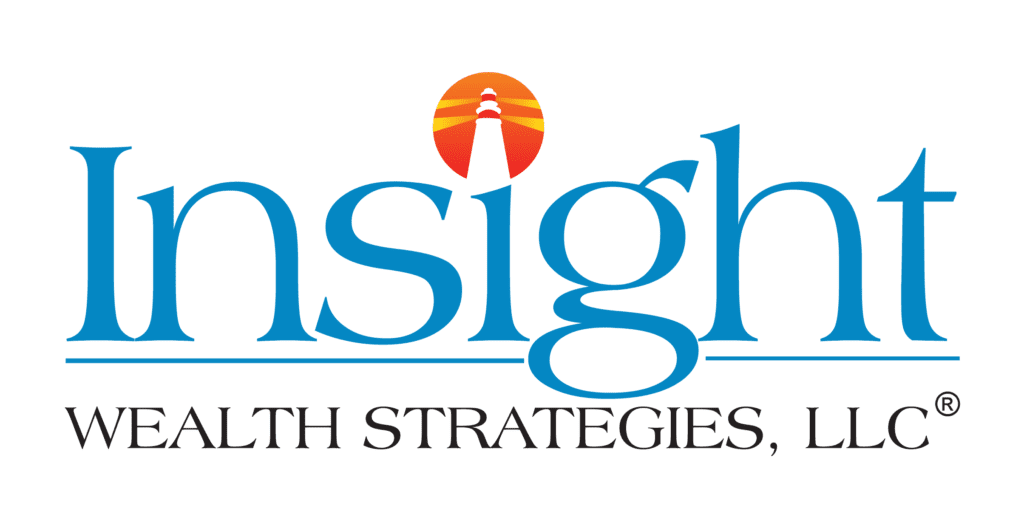Financial Planning for Retirement
There is no express highway or fast lane to take you directly to retirement. Preparing for any long-term journey requires a road map so you can plan the most expeditious and dependable route to reach your goal.
Retirement planning is no different. To paraphrase a well-known and wise statesman, Benjamin Franklin–if you fail to take the time to plan, by default, you actually are planning to fail and certainly may not reach your goal. The retirement mystery is unraveled by putting into action a comprehensive retirement plan. Follow it, you must.
Setting Your Objectives & Goals for Retirement

An important starting point is first assessing your goals, determining your desired retirement age, where you want to retire, and the lifestyle you wish to maintain during retirement. This exercise requires an accurate evaluation of how much you need to retire in actual dollar figures, not just guesstimates, since reaching your goals and realizing your dreams requires realistic planning and, of course, money and income.


Defining Your Comfort Zone For Investing

Understanding your risk tolerance is fundamental to carving out your retirement investment plan. Think of it as corresponding to your sleep quotient. Will it keep you up at night or will it enable you to sleep soundly? If you set your risk too high and are constantly worried, it is probably not the right level of risk for you.
Most financial advisors categorize risk by the following personality profiles and risk levels:
- Conservative– You simply want to preserve the wealth that you have accumulated and produce income.
- Moderate– You want to create a steady flow of income with modest growth.
- Conservative Growth– You want to increase your portfolio value and maintain moderate income.
- Moderate Growth– You want to grow both your assets and income while tolerating fluctuations in the value of your assets.
- Aggressive Growth Oriented Investor– You want to maximize returns and have a high level for tolerating fluctuations in your asset value.
Sitting down with a financial advisor and determining what is the best risk position for you is a critical step in launching your retirement plan.
Starting Your Withdrawals for Retirement

The time you need to start withdrawing money for your retirement is a key determinant in what investment vehicles are best for you. The longer the time span the better opportunity to invest in growth securities. Conversely, the closer you get to retirement most advisors will suggest you allocate a larger percentage of your investment portfolio into more conservative investments. Some financial specialists suggest a good rule of thumb is that the percentage of your investments in growth securities should be equal to 100, minus your age. Additionally, your tax situation will influence how your assets are allocated. Whether you anticipate your tax bracket decreasing or increasing will certainly indicate if it is best for you to consider tax-free or tax-deferred income.

Investment Choices
There are two main categories for investments.
- Equities– you actually own shares of the investment such as corporate stocks which fluctuate with the market.
- Fixed-income– These are often government and corporate bonds in which you loan funds to a specific entity. In return you will get a set payback as a return.
In choosing which is best for your plan, all the above factors, including your time horizon, tax situation and your specific goals are fundamental.
The Investment Strategy Best For You
Diversification is one of the keys to putting the right strategy in place.
It’s all about reducing risk and volatility. No one investment will always perform “best” at any one point in time. Spreading your dollars across a number of different investments with varying risk levels and returns over time, helps reduce the likelihood that you will fall prey to market cycles and be negatively impacted by a single investment. While diversification of your assets cannot eliminate risk altogether it can reduce risk based on industry historical data and performance. Keep in mind there is no guarantee that by taking on more risk that your portfolio will have better results. The old caution your Mother may have advised: “Don’t put all your eggs in one basket” is sound advice.

Stay The Course

After you have gone through the preliminary evaluation, necessary analysis and are comfortable with your retirement income plan designed for you, stay committed. Be disciplined in carrying out all the steps spelled out to keep your retirement funds growing. More than likely, this could involve setting aside a fixed amount of money on a regular basis and putting into your designated funds. For example, you may invest in XYZ Company each month on a dollar-cost averaging basis. Which means if the share price goes down you will buy more shares and if the price goes up, you’ll buy fewer shares, but over the long haul your share prices average out. This practice doesn’t insure profit or protect you from loss but it does free you up for the stress of trying to buy at “the right time” or time the market.
Staying informed, not chasing returns and constantly reviewing your financial plan to make sure you are on track is central to implementation and your retirement strategy. It helps you to continue to polish the wheels that will carry you to your retirement end goal.
Putting Safeguards In Place
Take a holistic view of your planning strategy and be certain to put safeguards in place to protect you and your family. Without these protections you can potentially derail your entire retirement plan. All it takes is one major accident or an unplanned event or inadequate estate plan to undermine your financial security.
Some of these further financial safeguards include disability income insurance which will protect your family if your ability to earn a living is negatively impacted, interrupted or abruptly stopped. Additionally, life insurance provides the needed cash for your survivors to meet their living expenses or carry on the family-owned business at the end of your life.
Often in the category of “overlooked” planning is estate planning. You spend a lifetime building your wealth and estate so it is imperative that you preserve those assets and put into place a plan that directs the distribution of your estate upon your death and eliminates the legal hassles, family complications, costs, and taxes of not having a proper and well executed estate plan in place. A will alone is not sufficient as many people think. You’ve read or heard about many of the woeful news stories about failed or insufficient estate planning.
It is important that you sit down with a professional estate planner and make sure your after-life wishes for your family, heirs, or charities are solidly in place and determine the kind of will, trust and other estate planning documents you need to put in place such as medical directives, power(s) of attorney, etc. to protect your estate.
To learn more about what Insight Wealth Strategies can do for you or your colleagues in San Ramon, CA or Houston, TX, please call us at (800) 318-7848, email us at [email protected], or fill out the request information form.

